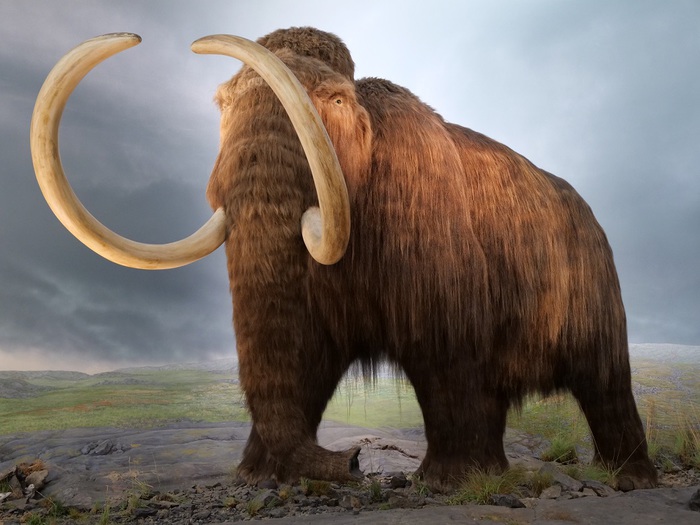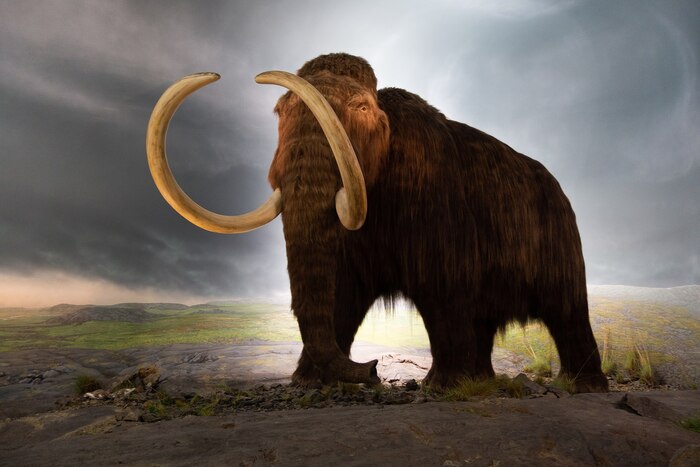The life of a mammoth could last on average 60 years. That of a Neanderthal man, on the other hand, only 38. To indicate this with extreme precision is a new genetic clock with 42 'hands', or a predictive model based on the analysis of 42 genes that allow to accurately establish the longevity of vertebrates , modern and extinct. Regulating the gears were the Australian researchers of the Organization for Scientific and Industrial Research of the Commonwealth (Csiro), which in the journal Scientific Reports show how this instrument is valuable not only to satisfy the curiosities concerning the past, but above all to predict the future of endangered species.
To calibrate the genetic clock, the researchers led by Benjamin Mayne analyzed the genome of 252 species of vertebrates whose life expectancy was known. In this way they identified 42 particularly significant genes, in which the more or less frequent presence of specific regions (called 'CpG sites') is correlated to life expectancy.
Once assembled, the genetic clock was put to the test with the big pachyderms of the past: using the African elephant genome as reference (which lives on average 65 years), the researchers applied their predictive model to estimate that the the woolly mammoth and the straight-fanged elephant had a life expectancy of 60 years. Using the genome of humans and chimpanzees as a reference, they estimated that Neanderthals and Denisovs lived around 38 years. The model was also used to estimate the life expectancy of particularly long-lived species, such as the Pinta Island tortoise and the Greenland whale.



/cloudfront-eu-central-1.images.arcpublishing.com/prisa/4RITWNCKAZFB3I3MBXYYKH6YDI.jpg)





/cloudfront-eu-central-1.images.arcpublishing.com/prisa/34VDHFBST5DFLDSXFEQEZRVRBI.jpg)